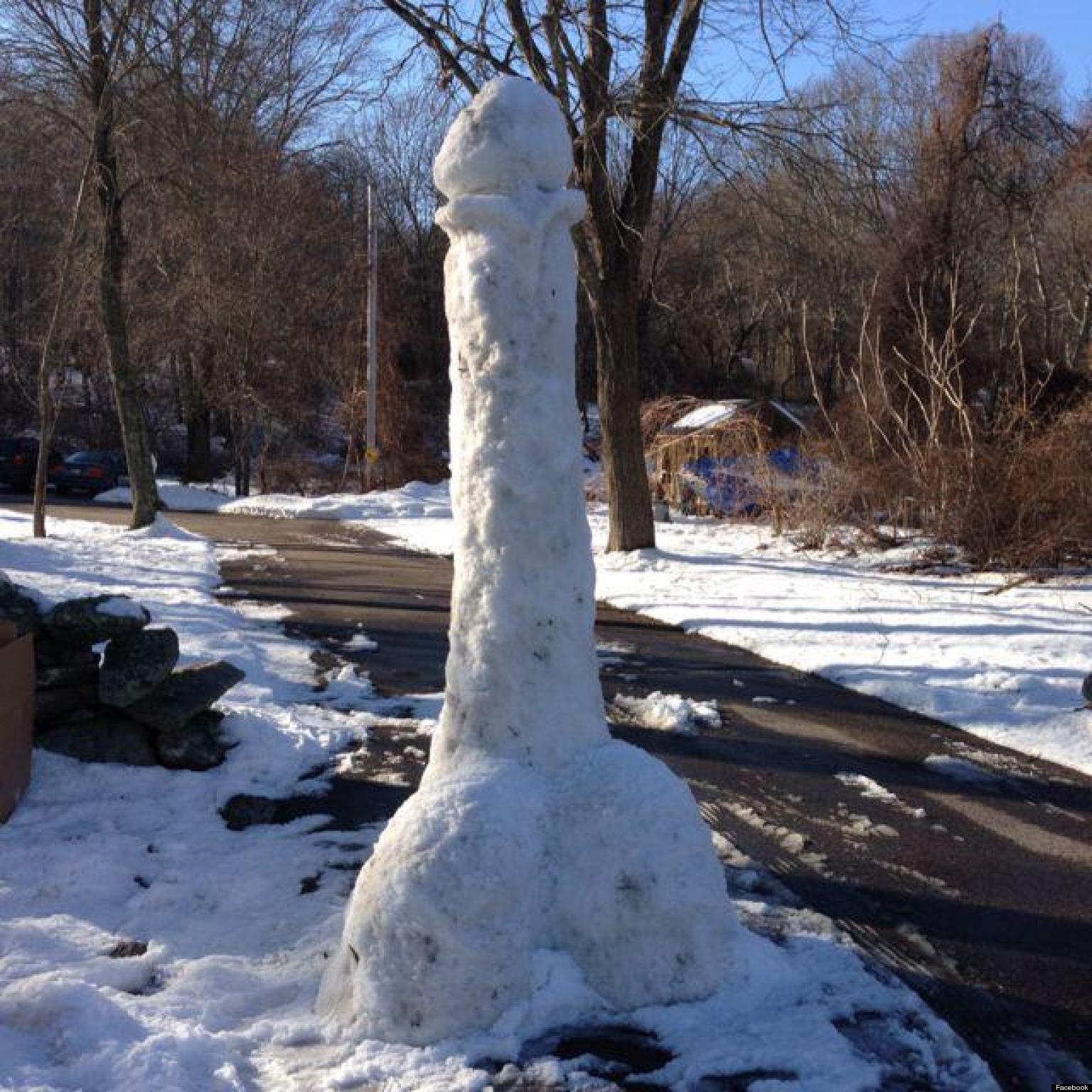
But this is a familiar landscape made strange. The slim volume is full of an iconography recognisable to all those who know and love the Downs – valley of wheat, woods, estuary, Old Rectory, cliff road, Norman church, canopy of trees, coastguard’s cottage, kissing-gate, lighthouse, Victorian viaduct. I re-read They when I moved to Brighton many years later and, with the Sussex Downs on the doorstep, my appreciation of the novel and Kay Dick’s writing greatly increased. We climbed the first hill and stood at the top of the ridge. We reached the kissing-gate that led out to the downs. With the classic Village of the Damned (1960) seemingly regularly on television, the sense that the idyllic countryside was not all it seemed was already very familiar.

While dystopias frequently have an urban setting, there was a 70s strain of rural dystopic Science Fiction with teatime dramas such as The Changes (first broadcast in 1975) about a group who escape the city for the countryside amid a breakdown in society, quickly followed by Survivors (1975-77). I first read They aged 18 and having grown up in the countryside in the 1970s, the novel struck something of an immediate chord.

In Kay Dick’s slim novel, first published in 1977, They are mysterious gangs who roam the countryside removing and destroying all art, books and paintings and ‘gleaning’ – killing or maiming – artists who resist. Re-reading They: A Sequence of Unease by Kay Dick Lost for over forty years, Kay Dick’s They (1977) is a rediscovered dystopian masterpiece of art under attack: a cry from the soul against censorship, a radical celebration of non-conformity – and a warning.Re-reading They: A Sequence of Unease by Kay Dick ĬINECITY’s Tim Brown salutes a timely re-publication of a forgotten novel – and recommends readers get out walking on the Downs. Survivors gather together as cultural refugees, preserving their crafts, creating, loving and remembering. THEY capture dissidents – writers, painters, musicians, even the unmarried and childless – in military sweeps, ‘curing’ these subversives of individual identity. Soon the National Gallery is purged eerie towers survey the coast savage mobs stalk the countryside destroying artworks – and those who resist. THEY begin with a dead dog, shadowy footsteps, confiscated books. ‘I’m pretty wild about this paranoid, terrifying 1977 masterpiece.’ Lauren Groff ‘A masterwork of English pastoral horror: eerie and bewitching.’ Claire-Louise Bennett

‘Lush, hypnotic, compulsive … A reminder of where groupthink leads.’ Eimear McBride ‘Crystalline … The signature of an enchantress.’ Edna O’Brien ‘A masterpiece of creeping dread.’ Emily St. ‘A creepily prescient tale … Insidiously horrifying!’ Margaret Atwood Introduced by Carmen Maria Machado, the radical dystopian classic, lost for forty years: in a nightmarish Britain, THEY are coming closer…


 0 kommentar(er)
0 kommentar(er)
